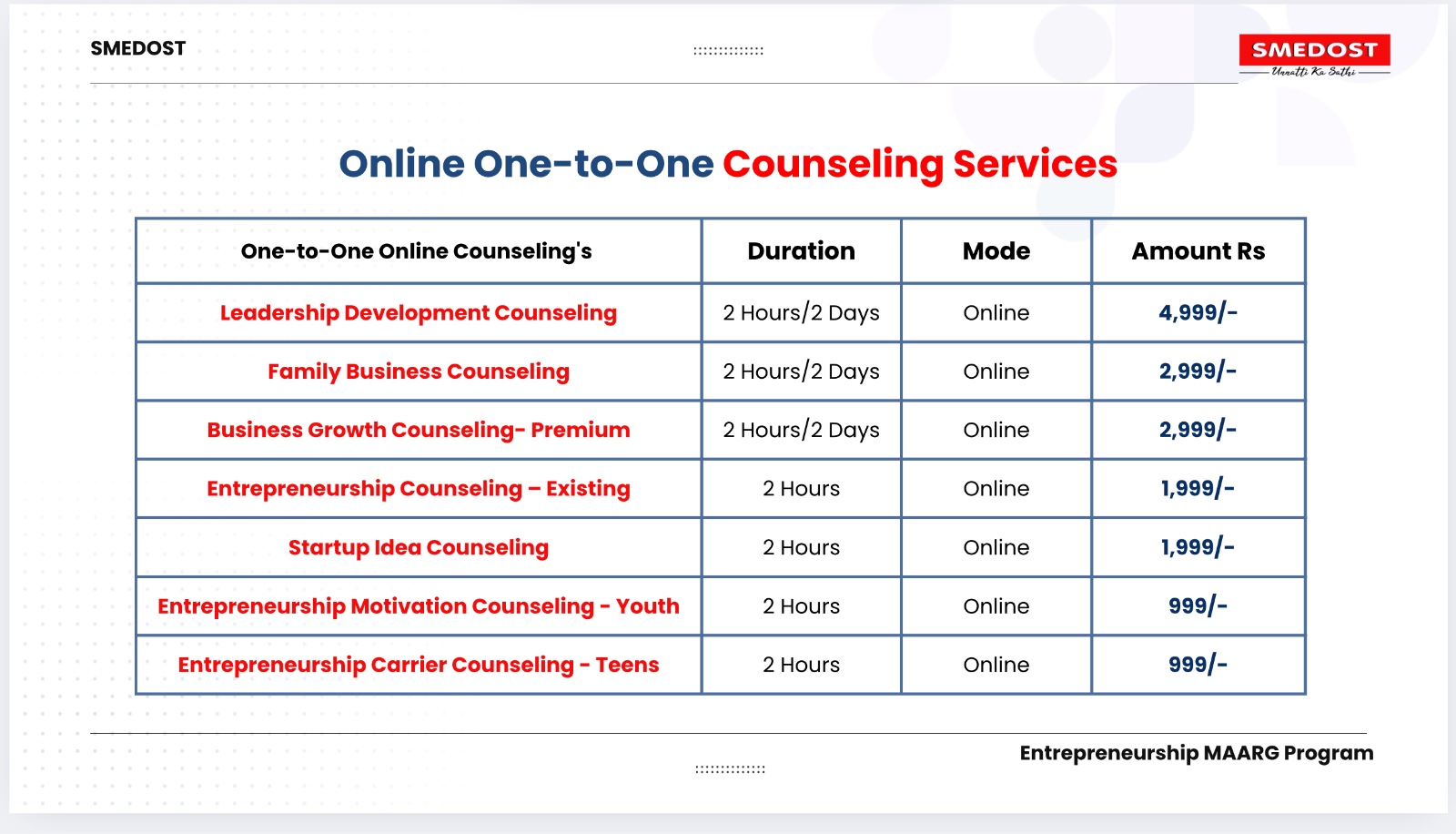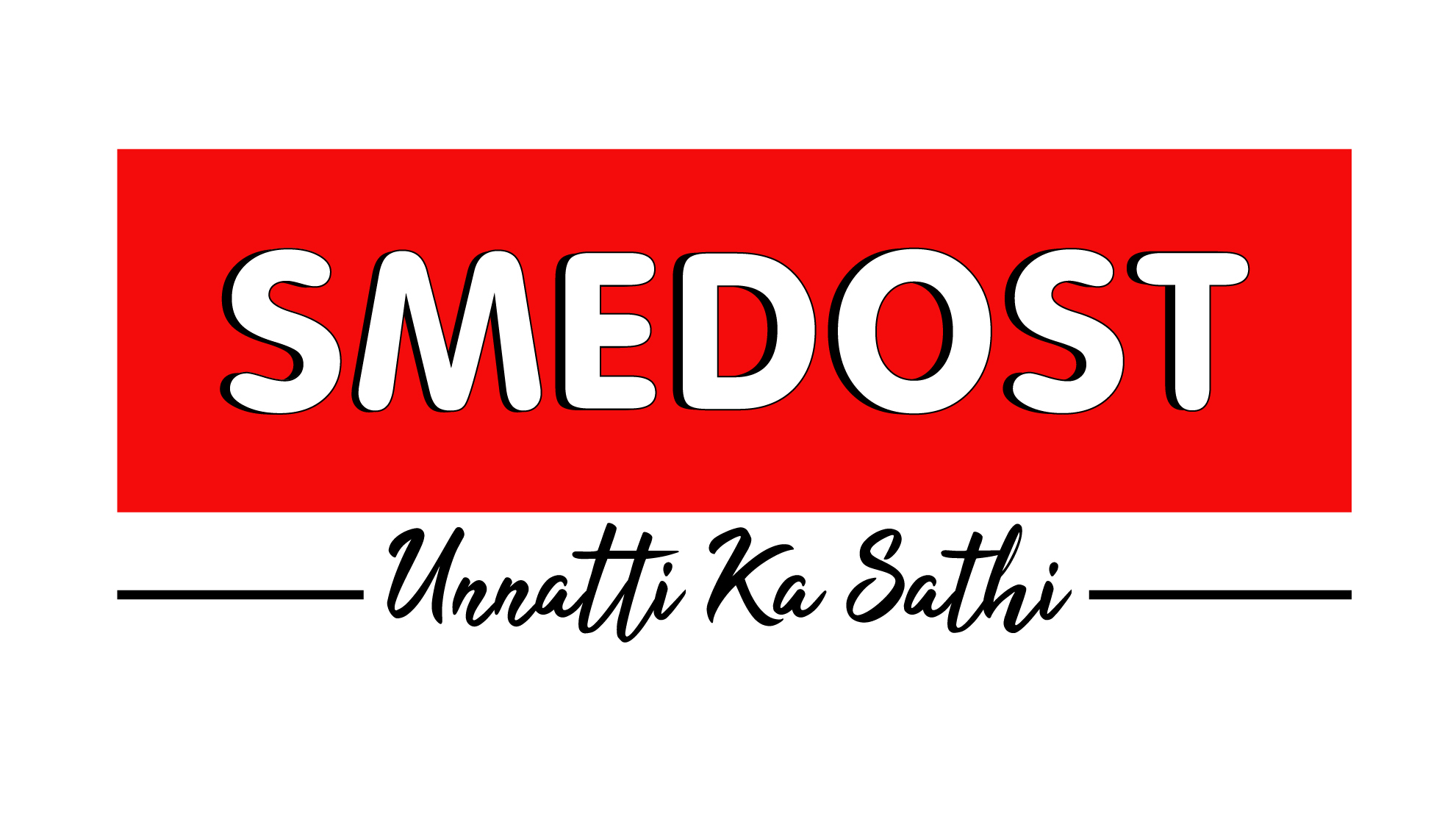
01
Startup Every Stages Help
- Pre-seed stage
The business idea is still a concept that needs to be put into action. This is a development phase where feedback is sought to determine if the idea is viable.
- Seed stage
The startup has completed initial research on the product and market, and has found that there is demand for the solution.
- Early stage
The startup has moved past the initial phases and is laying a foundation for growth. This is where the real work and execution begins.
- Growth stage
The startup has launched successfully and is growing its user base. The focus is on generating a consistent source of funds and reaching new customers.
- Expansion stage
The startup has achieved profitability and self-sustainability. The primary objective is to pursue further growth.
- Exit stage
The startup has achieved its desired goals and is ready to move towards public and sell its business.
- Maturity stage
The startup has entered a period of equilibrium and consolidation following the rapid growth phases.
Factors to consider when choosing a startup stage include:
- Business idea and market demand
- Financial resources and funding options
- Entrepreneur’s skills, knowledge, and experience
- Risk tolerance and risk management strategies
- Growth potential and scalability
Understanding the development stages of a startup can help entrepreneurs anticipate challenges and prepare, and help investors set realistic expectations.
02
Market Research
- Analyze the current market trends in the Industry sector, focusing on the key players, consumer behaviors and the technological advancement. Compare the market dynamics of the past number years to identify growth opportunities and threats.
- Examine the target audience for products/services in region, detail their demographics, preferences and purchasing behaviors to tailor marketing strategies effectively.
- Conduct a competitive anylise of the top number competitors in the market/ industry, Evaluate their strengths, weaknesses, market share and strategies to indentify gaps and opportunities for company name.
- Investigate the potential market size for new products/services in specific location, consider factors like populates demographics, income level and current demand to estimate the sales potentials.
- Prefer a WOT analysis for company or products in the context of the specific market/ industry, identifying the Intiman strengths and weakness as well as optimal opportunities and threats.
- Assess the impact of recent regulatory changes in industry, on market entry barriers and competition levels; provide recommendations for company name to navigate these changes successfully.
- Survey consumer’s satisfaction level with product/service among target demographic. Analyze feedback to propose improvements in areas of product features, customer services and pricing.
- Track and report on the emerging trends in industry/ sector that could affect company product in the next time period include potential technological disruptions, consumer behavior shifts, and regulatory changes.
03
SMEs to Corporate Transformation
- Develop a plan for company to cultivate a culture of innovation, including initiatives to encourage creative thinking, collaboration, and experimentation among employees.
- Recommend strategies for company to promote diversity and inclusion in the workplace, addressing recruitment, training and policies to support a diverse workforce.
- Outline initiative for company to enhance employee wellness and work-life balance, incorporating flexible working arrangements, health programs and stress management resources.
- Suggest ways for company to foster a culture of continuous learning and development, including training programs, mentorship opportunities and access to learning resources.
- Advise company on establishing clear value and ethical standards that guide behaviors and decision making, reinforcing the company’s mission and enhancing its reputations.
- Propose team building activities and events for company that strengthen relationships among employees, improve communications and build cohesive team dynamic.
- Create recognition and reward program for company to acknowledge employee achievements and contributions, motivating staff and reinforcing desire behaviors.
Recommend communication strategies for company to ensure transparency and openness, facilitating a trust and engagement among employees at all levels.
04
Project Consultancy
- Develop a comprehensive project plan for specific project at company, including timelines, milestones resource allocation and risk mitigation strategies.
- Create a task tracking system for project/item using specific tool/software outlining the setup, usage guidelines, and benefit for team productivity and accountability.
- Advise on best practices for effective communication and collaboration among project team members, leveraging tools techniques suitable for company work environment.
- Suggest method for company to prioritize projects and tasks, incorporating criteria such as strategic value, resource availability and deadlines to optimize workload and outcomes.
- Outline a frame work for regular project reviews and adjustment at company, assuring projects stay on track and align with changing business goals and market conditions.
- Recommend strategies for managing project cope and avoiding scope creep in company’s projects, including stake holder communication and change control processes.
- Design a risk management plan for project at company, identify potential risk, impact assessment and contingency plans to minimize project disruptions.
- Process and system for tracking project performance and metrics at company using key performance indicators (KPIs) to measure progress, efficiency and outcome.
05
Business Model
Whether you’re just starting or have been in business for a while, crafting a business model is important. Your business model will outline how your company makes money and what processes and strategies you’ll use to achieve success. Without a solid business model, it cannot be easy to make your business successful.
Since your business model is essentially a roadmap for your company, it’s important to put thought and care into crafting it. You’ll want to make sure that your business model is realistic and achievable and aligns with your company’s goals. Otherwise, you’ll likely find yourself struggling to reach your desired level of success.
A business model is a plan or framework that outlines how a company operates and makes money. It includes the company’s strategies, tactics, and objectives. Plus, it covers the company’s revenue model and how it will generate revenue. The term business model is often used interchangeably with a business plan. However, a more flexible business model can be adapted as your company grows and changes.
A business model is important because it gives you a roadmap to success. It can help you attract investors, customers, and partners. Plus, it can help you identify new opportunities and areas for growth. Since business ideas are constantly changing and evolving, having a business model can help you stay ahead of the curve.
Whether you’re just starting or have been in business for a while, it’s never too late to develop a business model. Crafting your company’s business model can help you fine-tune your strategy and operations. It can also help you attract new investors and customers.
05
Business Strategy
- Outline a business plan for launching new product or services in market/region, including market analysis, marketing strategies, operation plan and financial projections for the first time frame.
- Develop a strategic plan to increase market share for company/product in the industry sector, focus on differentiation strategies, target market expansion and strategic partnerships.
- Create a roadmap for company to achieve specific goal within time frame, include key milestones, resource allocation and risk management strategies.
- Formulate a strategy for company to enter a new market/ region with product/service consider market research, entry barrier localizations strategies, and intial marketing approaches.
- Design a growth strategy for company focusing on either product diversification, market penetration, market development or acquisition over the next number years.
- Draft a business continuity plan for company to address potential risks such as supply chain disruptions, cyber security threats, and natural deserters including prevention strategies and recovery procedures.
- Develop a customer retention strategy for company, incorporating loyalty program, customer feedback loops and personalized marketing to enhance customer satisfaction loyalty.
- Propose a sustainability strategy for company/product focusing on reducing environmental impact ethical sourcing are social responsibility initiative to improve brand image and compliance.
05
Franchise Network
Franchisee plays an important role in business expansion strategy. It becomes easy to build and expand the network PAN India. Our aim is to help you achieve your short & long term expansion goals via the franchise route…
Our Franchisee Advisory involves 5 stages
- Opportunity Evaluation
- Business Modeling
- Franchisibility
- Franchisee Roll out Plan
- Franchisee Acquisitions
Franchise Models
- COCO Model (Company Owned Company Operated)
- FOCO Model ( Franchise Owned Company Operated)
- FICO Model (Franchise Invested Company Operated)
- COFO Model (Company Owned Franchise Operated)
- FOFO Model (Franchise Owned Franchise Operated)
